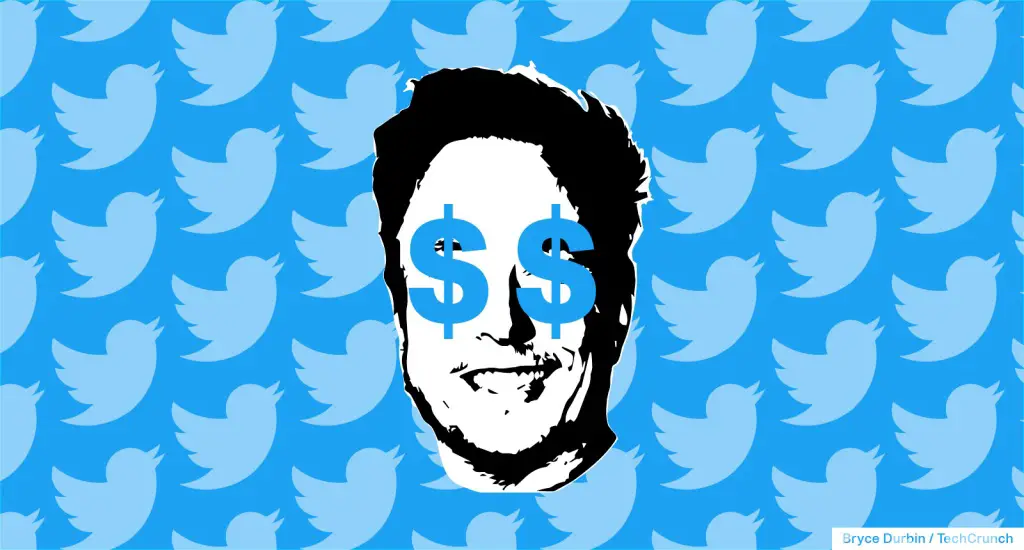As its new owner Elon Musk attempts to update the platform’s authentication mechanism right before the U.S. midterm elections, Twitter has unveiled a subscription service for $7.99 per month that includes a blue check that is currently only offered to verified accounts.
The update, accessible for Apple iOS devices in the United States, Canada, Australia, and the United Kingdom, states that users who “sign up now” for the new “Twitter Blue with verification” will have a blue checkmark appear next to their names “exactly like the celebrities, corporations, and politicians you already follow.”
In a tweet sent on Saturday, Twitter employee Esther Crawford said, “the new Blue isn’t live yet – the sprint to our launch continues but some individuals may notice us making updates since we are testing and releasing changes in real-time.” So far, it doesn’t seem like verified accounts are losing their checks.
When the subscription was supposed to go live, it wasn’t immediately obvious, and Crawford didn’t reply right away when asked about the exact time. A request for comment from Twitter also did not get a prompt response.
The possibility that anybody may get the blue check ahead of Tuesday’s elections could cause confusion and the spread of misinformation, but Musk tweeted on Saturday in response to a query about the danger of impostors impersonating verified individuals, such as politicians and election officials, that “Twitter would suspend the account trying impersonation and retain the money!”
Therefore, he continued, “if con artists want to repeat this a million times, that’s simply a whole lot of free money.”
However, many worry that the widespread layoffs that started on Friday may undermine the social media platform’s safeguards for content moderation and verification, which are relied upon by government organizations, election commissions, police forces, and news organizations to reliably inform the public.
Because of this move, Twitter’s existing verification system, which was introduced in 2009 with the intention of preventing impersonations of high-profile users such as celebrities and politicians, will be discontinued. Before the anticipated redesign, Twitter had roughly 423,000 verified accounts, many of whom were independent journalists from across the world who were confirmed by the business irrespective of the number of followers they had.
While not flawless, the platform’s authentication mechanism has helped Twitter’s 238 million daily users decide if the accounts they were obtaining information from were real. Experts have expressed major worries about upending the system. Celebrities, athletes, influencers, and other prominent public people now have verified accounts, in addition to international governments, lawmakers, journalists, news organizations, activists, corporations, and brands, as well as Musk himself.
He is attempting to immediately capitalize on the value of the blue check, according to Jennifer Grygiel, an associate professor of communications and a social media specialist at Syracuse University. Before he can sell the people anything, he must first gain their confidence. Why would you purchase a vehicle from a salesperson who, in your opinion, has basically been chaotic?
Verification is not mentioned in the upgrade Twitter made to its iOS app as part of the new blue check mechanism. The update is currently unavailable for Android-based devices.
Musk has suggested the idea that prominent personalities might be recognized in methods other than the blue check, while having previously said on Twitter that he wants to “verify all humans.” For instance, government employees are now identifiable with wording under names indicating that their posts are coming from official government accounts.
For instance, the @POTUS account of President Joe Biden identifies itself as belonging to a “United States government official” in gray letters.
The adjustment comes a day after Twitter started laying off employees to save expenses, and more businesses are halting their advertising on the site as the cautious business sector waits to see how it will function under its new owner.
Yoel Roth, Twitter’s director of safety and integrity, stated that almost half of the company’s 7,500 employees had been let go.
He said that work on election integrity, particularly combating state-backed information operations and damaging disinformation that might depress the vote, remain a high focus. The company’s front-line content moderation personnel was the group least impacted by the job losses, according to him.
The significant employment layoffs were attributed to the co-founder of Twitter, Jack Dorsey, on Saturday. He served as Twitter’s CEO twice, the most recent of which lasted from 2015 until 2021.
I enlarged the business size too rapidly, and I take full responsibility for why everyone is in this predicament, he tweeted. “I’m sorry about that,”
When the firm is losing more than $4 million a day, Musk stated in a late-Friday tweet that job cuts are the only option. He didn’t go into specifics about Twitter’s daily losses, but he did say that those who were laid off would get three months’ salary.
In the meanwhile, Musk tweeted on Friday that Twitter has already seen “a big decrease in income” as a result of pressure from activist organizations on advertisers to leave the site. Twitter is particularly impacted by this given its dependence on advertising for revenue up to this point. Nearly $92 of every $100 in income it generated during the first half of this year came from advertising.
On Saturday, United Airlines became the most recent well-known company to stop running advertisements on Twitter. The company confirmed the decision but would not comment on the reasons behind it or what would be required for it to start running ads again.
Along with General Motors, REI, General Mills, and Audi, it has now joined the increasing list of large corporations halting its Twitter advertising.
Last week, Musk made an attempt to reassure advertisers by claiming that his devotion to free expression would prevent Twitter from devolving into a “free-for-all hellscape.”
However, there are still questions about whether Twitter users would send out more inflammatory messages if content monitoring is relaxed. If their adverts display next to them, it can damage the reputation of the firms.
With inputs from CP24

